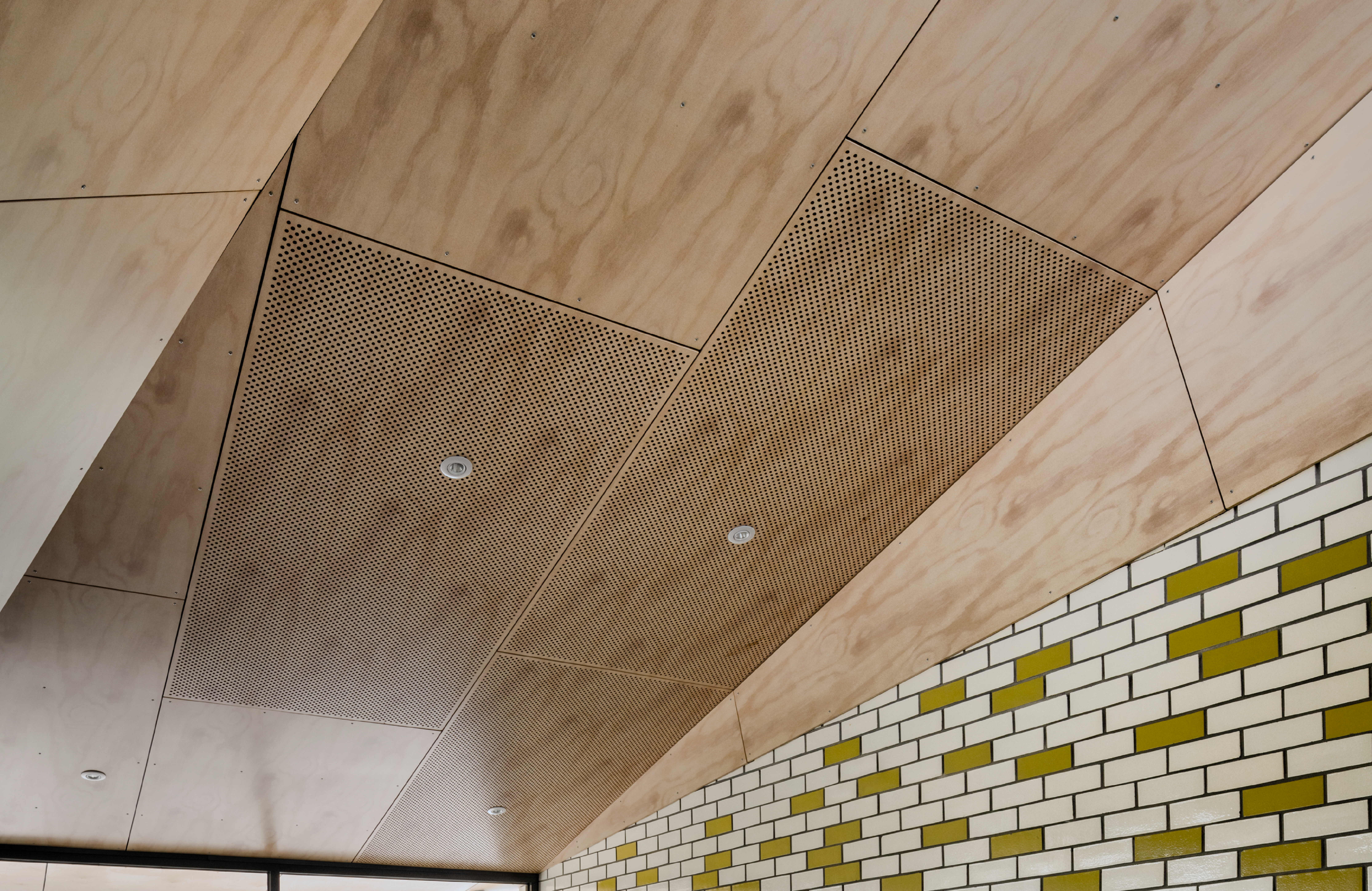03—03—2021
The Basics of Acoustics: Here's what You Need To Know
The acoustics of a space may not be something we think about too often, but it has a big impact on the level of comfort and ambiance of a room. And if you’re involved in the design or construction of buildings in Australia, it is something you need to consider when choosing your materials.
Materials will absorb or reflect sound at different rates, so it’s important to get this element right. The Building Code of Australia (BCA) sets out acoustic performance requirements in their performance-based code on the construction of buildings in Australia. Here’s a brief rundown of what you need to know and a discussion on how ply products may be able to help.
What are the soundproofing requirements of buildings?
Different buildings have different soundproofing requirements. For example, those with a shared wall like a townhouse or terrace are classified as Class 1 and Class 10 buildings, as they need a higher level to keep the occupants comfortable. Class 2 to 9 covers the rest of residential and commercial buildings, including multi-res developments, offices and community spaces.
The BCA requirements state that occupants must be protected from undue sound transmission between dwellings, and the separating system must resist this. This means your chosen material must be able to absorb a certain level of sound to ensure it doesn’t bounce back and cause issues for those inside, or escape and cause issues for anyone outside.
How are the acoustics in a building measured?
Acoustics and soundproofing are measured by Rw, Ctr and NRC. The Rw (Weighted Sound Reduction Index) measures the effectiveness of a soundproofing system, while the Ctr is an adjustment factor used to account for low frequency noise. The NRC (Noise Reduction Coefficient) is applied to structural materials like plywood as it measures how much sound the material will absorb. The NRC can go up to 1, and the lower the NRC value, the less sound is absorbed. To put this in perspective, tiles (which does not absorb sound readily) will be closer to 0, while carpet, which readily absorbs sound will be closer to 1.
How does plywood rate for acoustics?
Timber is often chosen in projects when sound performance matters, as it performs well both in terms of reducing and enhancing sound. Our Maxi Perforated Panels allow us to meet up to an NRC value of 0.7. Manufactured using Maxi Panel Baltic Birch and delivered prefinished with our hard-wax oil system, the Perforated Panels are strong and durable. They also look great – as seen in our Campari and Melbourne Cat Vet projects.
We can help you meet your acoustic rating
If you have a project where acoustics are important, get in touch with our team for expert advice.

03—03—2021
The acoustics of a space may not be something we think about too often, but it has a big impact on the level of comfort and ambiance of a room. And if you’re involved in the design or construction of buildings in Australia, it is something you need to consider when choosing your materials.
Materials will absorb or reflect sound at different rates, so it’s important to get this element right. The Building Code of Australia (BCA) sets out acoustic performance requirements in their performance-based code on the construction of buildings in Australia. Here’s a brief rundown of what you need to know and a discussion on how ply products may be able to help.
What are the soundproofing requirements of buildings?
Different buildings have different soundproofing requirements. For example, those with a shared wall like a townhouse or terrace are classified as Class 1 and Class 10 buildings, as they need a higher level to keep the occupants comfortable. Class 2 to 9 covers the rest of residential and commercial buildings, including multi-res developments, offices and community spaces.
The BCA requirements state that occupants must be protected from undue sound transmission between dwellings, and the separating system must resist this. This means your chosen material must be able to absorb a certain level of sound to ensure it doesn’t bounce back and cause issues for those inside, or escape and cause issues for anyone outside.
How are the acoustics in a building measured?
Acoustics and soundproofing are measured by Rw, Ctr and NRC. The Rw (Weighted Sound Reduction Index) measures the effectiveness of a soundproofing system, while the Ctr is an adjustment factor used to account for low frequency noise. The NRC (Noise Reduction Coefficient) is applied to structural materials like plywood as it measures how much sound the material will absorb. The NRC can go up to 1, and the lower the NRC value, the less sound is absorbed. To put this in perspective, tiles (which does not absorb sound readily) will be closer to 0, while carpet, which readily absorbs sound will be closer to 1.
How does plywood rate for acoustics?
Timber is often chosen in projects when sound performance matters, as it performs well both in terms of reducing and enhancing sound. Our Maxi Perforated Panels allow us to meet up to an NRC value of 0.7. Manufactured using Maxi Panel Baltic Birch and delivered prefinished with our hard-wax oil system, the Perforated Panels are strong and durable. They also look great – as seen in our Campari and Melbourne Cat Vet projects.
We can help you meet your acoustic rating
If you have a project where acoustics are important, get in touch with our team for expert advice.






